Metalworking relies on precise cutting processes, consistent performance, and equipment that can support production volumes that change over time. Metal cutting bandsaws and vertical metal bandsaws remain important tools for shops and fabrication plants that demand consistent results. Understanding how these machines work and what to look for before purchasing can help companies plan projects effectively and achieve reliable results.
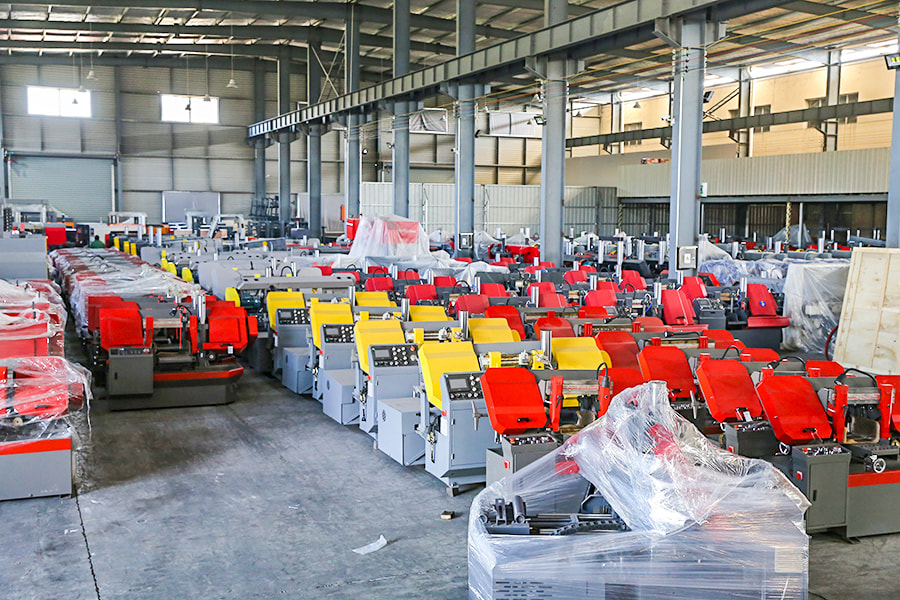
The Versatile Capabilities of Metal Cutting Bandsaws
The metal cutting bandsaw has evolved into a versatile piece of equipment that can process a wide variety of materials, including carbon steel, stainless steel, aluminum, and structural profiles. One of its main advantages is its ability to precisely cut large blocks or bundles of metal stock while reducing waste. This is essential for maintaining predictable material costs and reducing excess scrap.
These machines typically feature adjustable blade speeds, allowing the operator to select cutting parameters that are appropriate for a specific material's hardness and cross-sectional size. Speed control not only helps achieve a smoother surface, but also helps extend the life of the saw blade. Depending on the size of the workpiece, horizontal configurations are often used for long gauge materials, while vertical machines are used for contour cutting or finer shapes.
Advanced models include hydraulic clamping systems to secure the material during cutting, and automatic material feeding mechanisms that increase efficiency for high-volume production. Understanding these options can help shop managers match machine capabilities to production needs.
Vertical Metal Band Saws for Detailed Cutting
Vertical metal band sawing machines are valued for their flexibility and relatively compact footprints. Unlike horizontal machines, vertical saws position the blade perpendicular to the table surface, enabling operators to manipulate the material freely while cutting. This configuration is particularly useful for complex shapes, miter cuts, and trimming operations that require visual control.
In many fabrication settings, vertical band saws are used to produce templates or prototype parts because they can be guided by hand or with jigs. Blade tension adjustments and table tilt mechanisms further expand the range of possible cuts. When combined with precise guides and calibrated scales, vertical saws can help reduce rework and maintain consistent part dimensions.
Before incorporating a vertical saw into the workflow, it is important to consider whether the table size and throat depth align with the dimensions of typical workpieces. Adequate clearance ensures smooth movement and prevents material binding or blade deflection.
Considerations for Blade Selection and Maintenance
One factor that significantly affects performance is blade choice. Blades are available in a variety of tooth configurations and materials, such as bi-metal and carbide-tipped versions, each suited for particular cutting speeds and metal types. For example, coarse tooth blades clear chips faster on thicker sections, while finer tooth blades are better for thin-walled tubing and precision work.
Regular inspection of blades is necessary to detect signs of dullness, chipping, or uneven wear. Operating with worn blades can result in excessive heat generation, rough surfaces, or even unexpected breakage. Keeping spare blades in inventory helps avoid unnecessary downtime during production.
In addition to blade care, periodic maintenance of guide bearings, hydraulic systems, and coolant delivery contributes to consistent machine performance. Clear records of maintenance activities allow operators to schedule interventions before problems affect product quality.
Safe Operation and Workplace Planning
While metal cutting band saws and vertical metal band sawing machines are powerful assets, they must be operated with attention to safety protocols. Proper personal protective equipment, including gloves and eye protection, reduces the risk of injuries from flying chips or accidental contact with moving parts.
Positioning machines in well-lit areas with adequate clearance supports safe material handling and inspection. In shared workshop environments, barriers or marked floor zones help separate cutting operations from other activities, lowering the chance of unplanned interference.
Clear labeling of control panels and emergency stops simplifies training and improves response time in unexpected situations. When onboarding new operators, providing instruction on correct feed rates, blade tensioning, and coolant use creates a safer, more predictable work environment.
Planning for Future Production Requirements
Selecting the right metal cutting band sawing machine or vertical band saw requires balancing current production needs with possible growth. Facilities producing occasional batches may prioritize manual feed machines with straightforward controls, while high-volume shops often invest in automated models capable of unattended cutting cycles.
Manufacturers may also explore models with programmable settings that store cutting parameters for repeat jobs, reducing setup time between orders. Modular designs or machines with expandable capacity can accommodate evolving requirements without the need for major layout changes.
A clear understanding of the intended applications, the types of materials to be processed, and the level of precision required informs better purchasing decisions. Careful planning helps ensure that equipment continues to support productivity without causing unnecessary operating costs.



 english
english Русский
Русский Español
Español Русский
Русский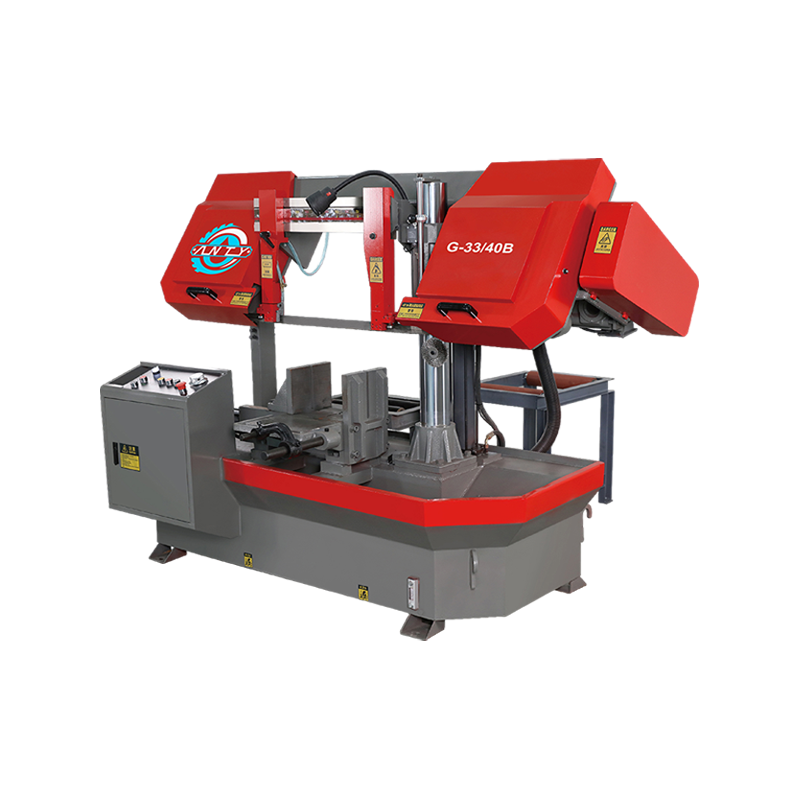
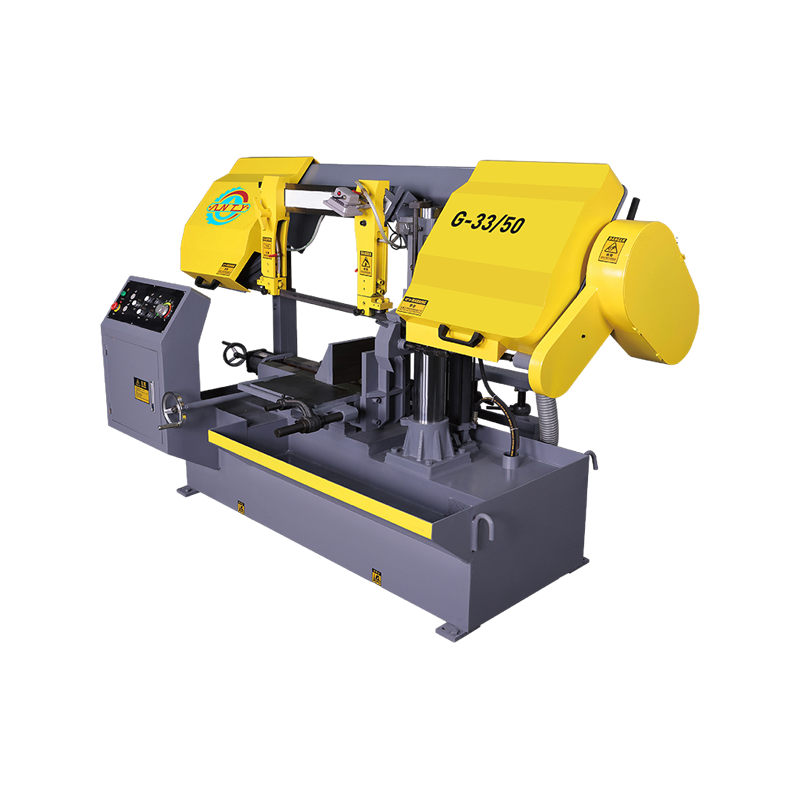


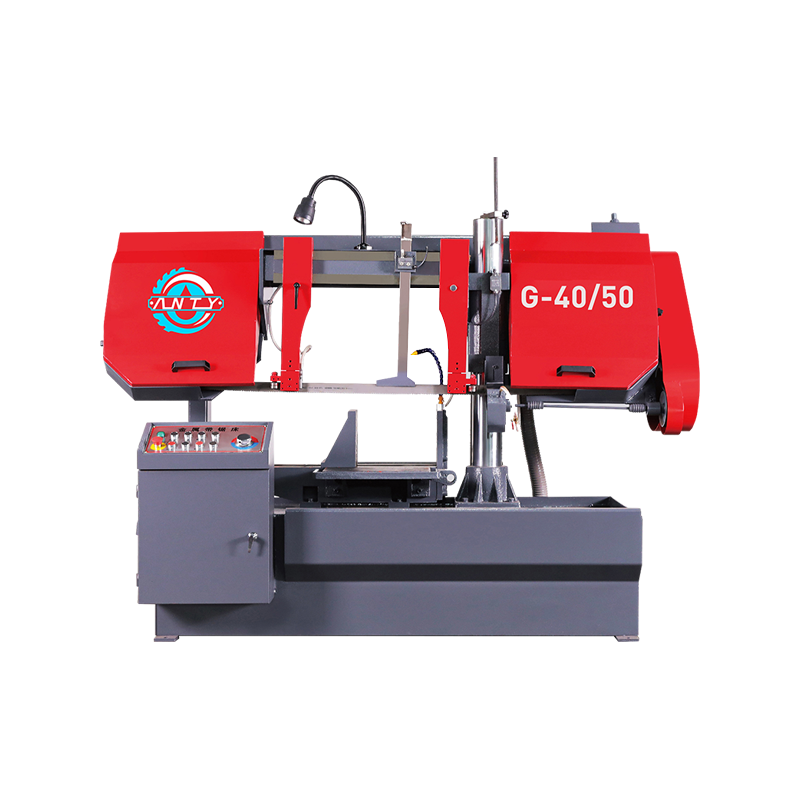
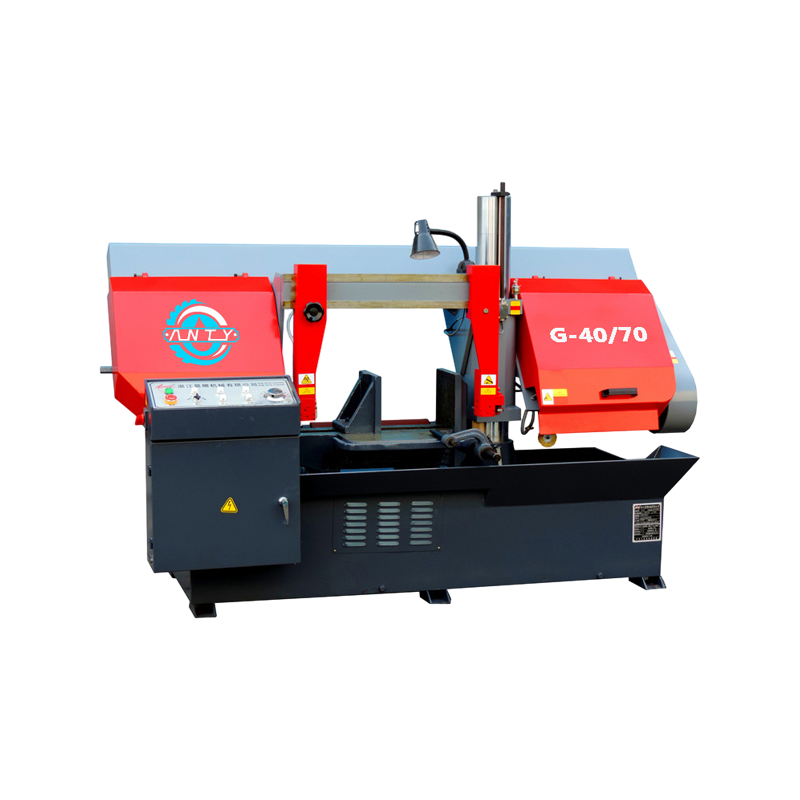
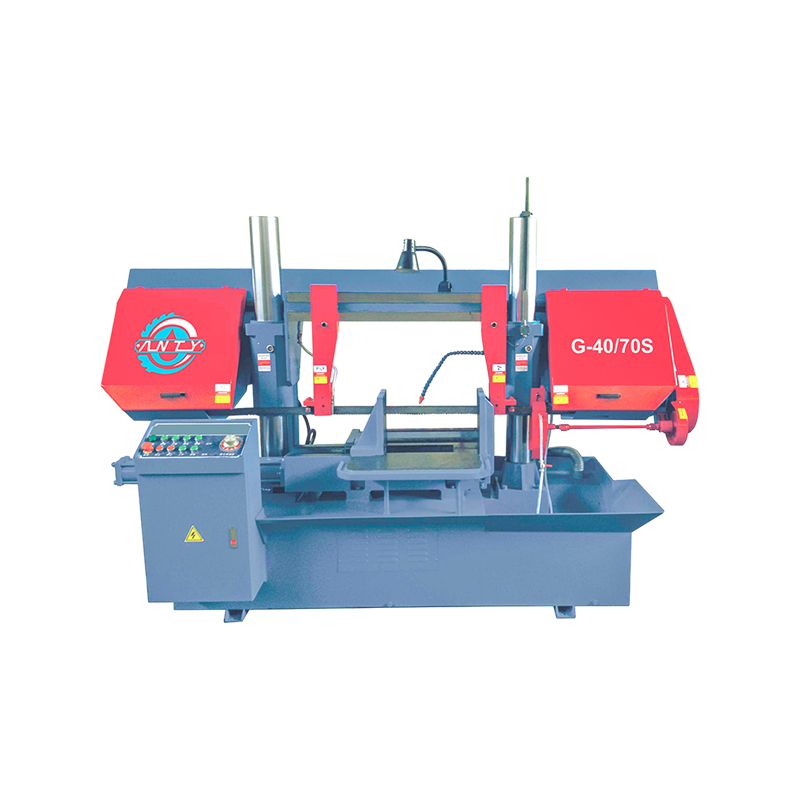
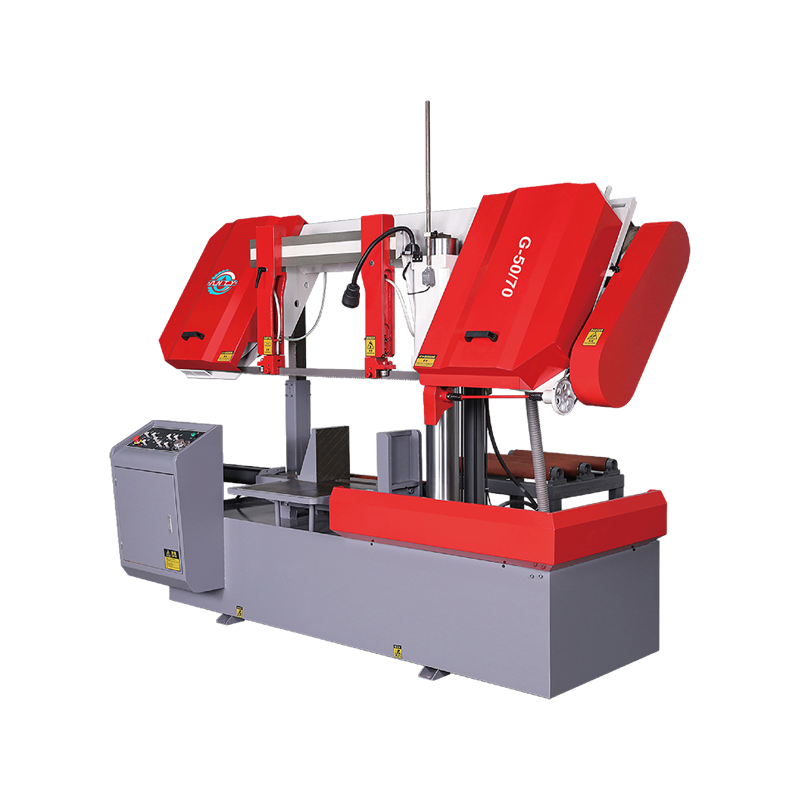
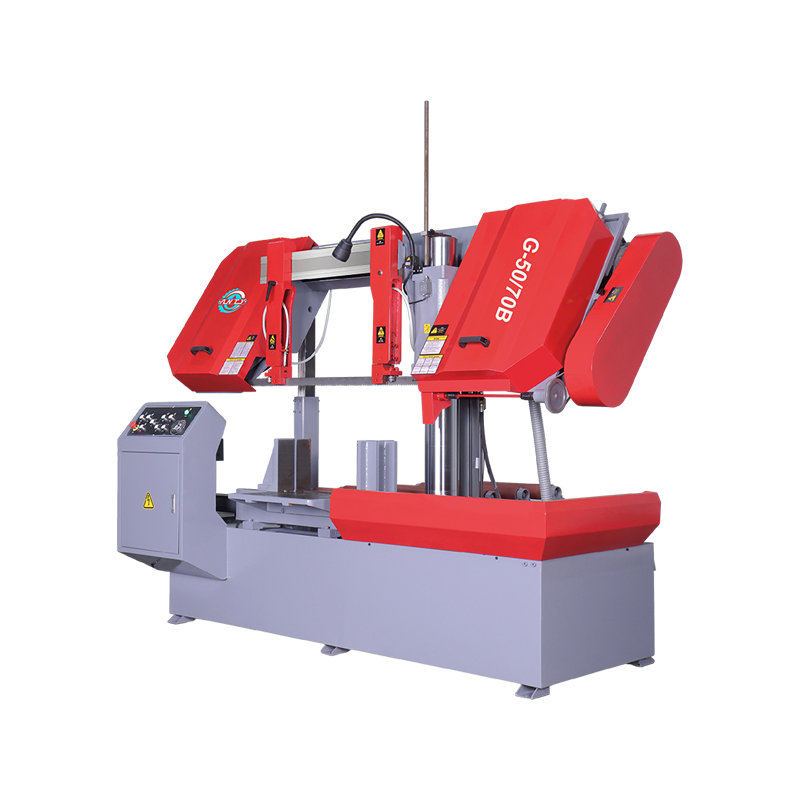
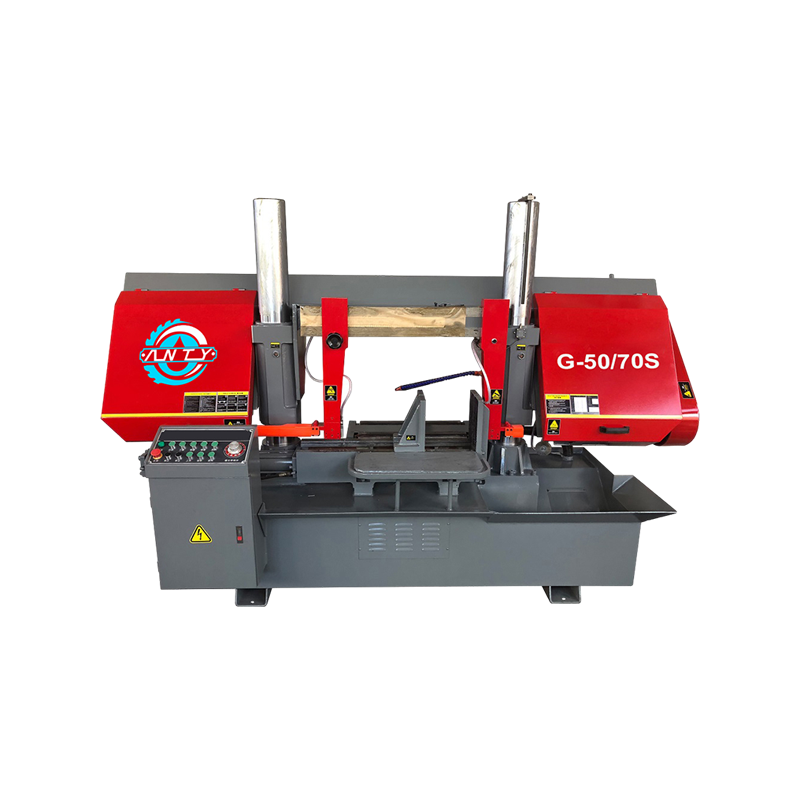
 CONTACT US
CONTACT US